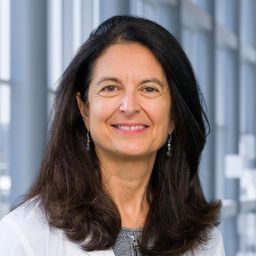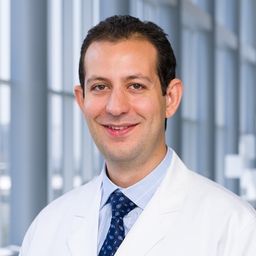Hematology and Oncology
The Division of Hematology and Oncology is dedicated to excellence in patient care, groundbreaking research, and the education of future physician-scientists. By integrating clinical expertise with scientific innovation, we deliver the highest quality care across a range of subspecialties. Through active participation in both basic and clinical research, we continually advance knowledge in cancer and blood diseases while training the next generation of leaders in hematology and oncology.

Patient Care
Our outpatient clinic offers advanced, personalized care supported by expert staff and technology. Inpatient services at Clements University Hospital complements outpatient treatment. We partner with the Simmons Comprehensive Cancer Center to provide access to clinical trials and multidisciplinary care. Our compassionate team provides holistic support, combining medical excellence with emotional and practical care to meet each patient's range of needs.

Research
Research drives innovation throughout our Division, with faculty, fellows and staff engaged in basic science and clinical trials. Partnering with the Simmons Comprehensive Cancer Center, we offer patients access to cutting-edge therapies. Investigations span cancer biology, immunotherapy, and drug development. Trainees contribute to studies to receive mentorship in research methodology, helping translate discoveries into improved patient outcomes and shaping the future of oncology.

Faculty
Our Division faculty are leaders in subspecialties ranging from benign hematology to complex cancers. They deliver outstanding patient care, drive innovative research, and mentor the next generation of physicians. Many hold joint academic appointments and collaborate across disciplines to advance treatment and discovery. Their commitment ensures patients receive compassionate care while trainees gain unparalleled education and guidance.

Education & Training
Our fellowship programs prepare physicians for academic and clinical careers. Fellows train at Parkland Health, the Dallas VA Medical Center, and at Clements University Hospital, gaining experience in diverse patient populations. They manage continuity clinics in key oncology areas and participate in research, didactics, and mentorship. The program emphasizes clinical excellence, scholarly development, and leadership, preparing specialists ready to advance cancer care.
Hematology & Oncology Intranet Site
Hematology & Oncology MEDpoint
Resources and information for current faculty, staff and learners.
Log-in required.
Hematology & Oncology in the News

Contact Us
Division of Hematology & Oncology
UT Southwestern Medical Center
5323 Harry Hines Blvd.
Dallas, TX, 75390-8852




